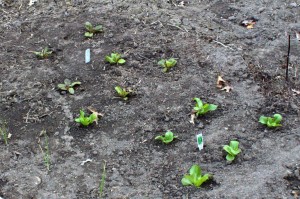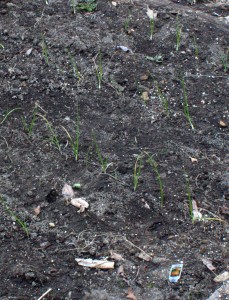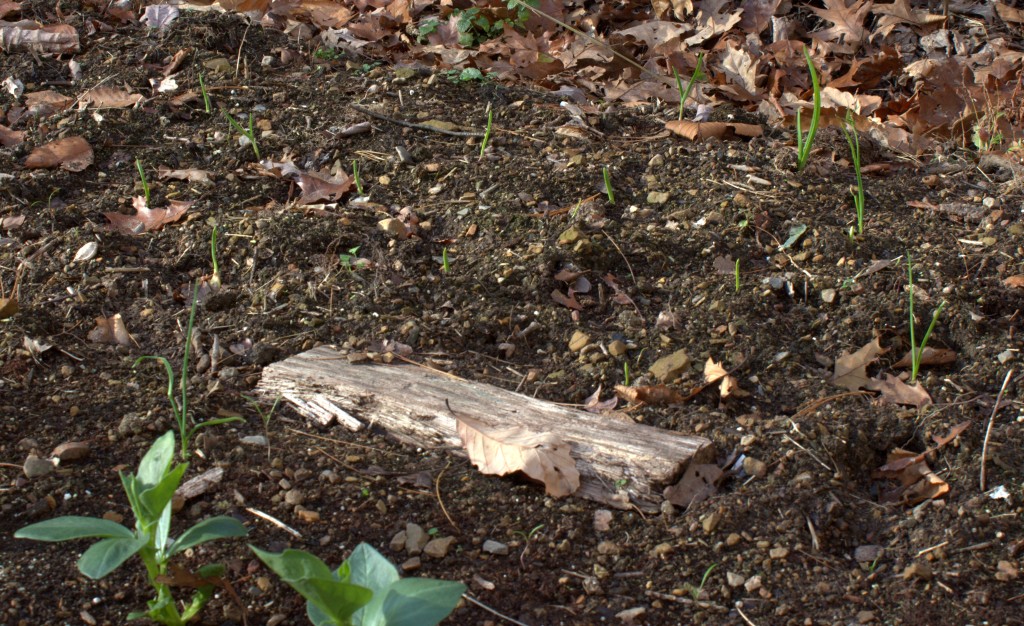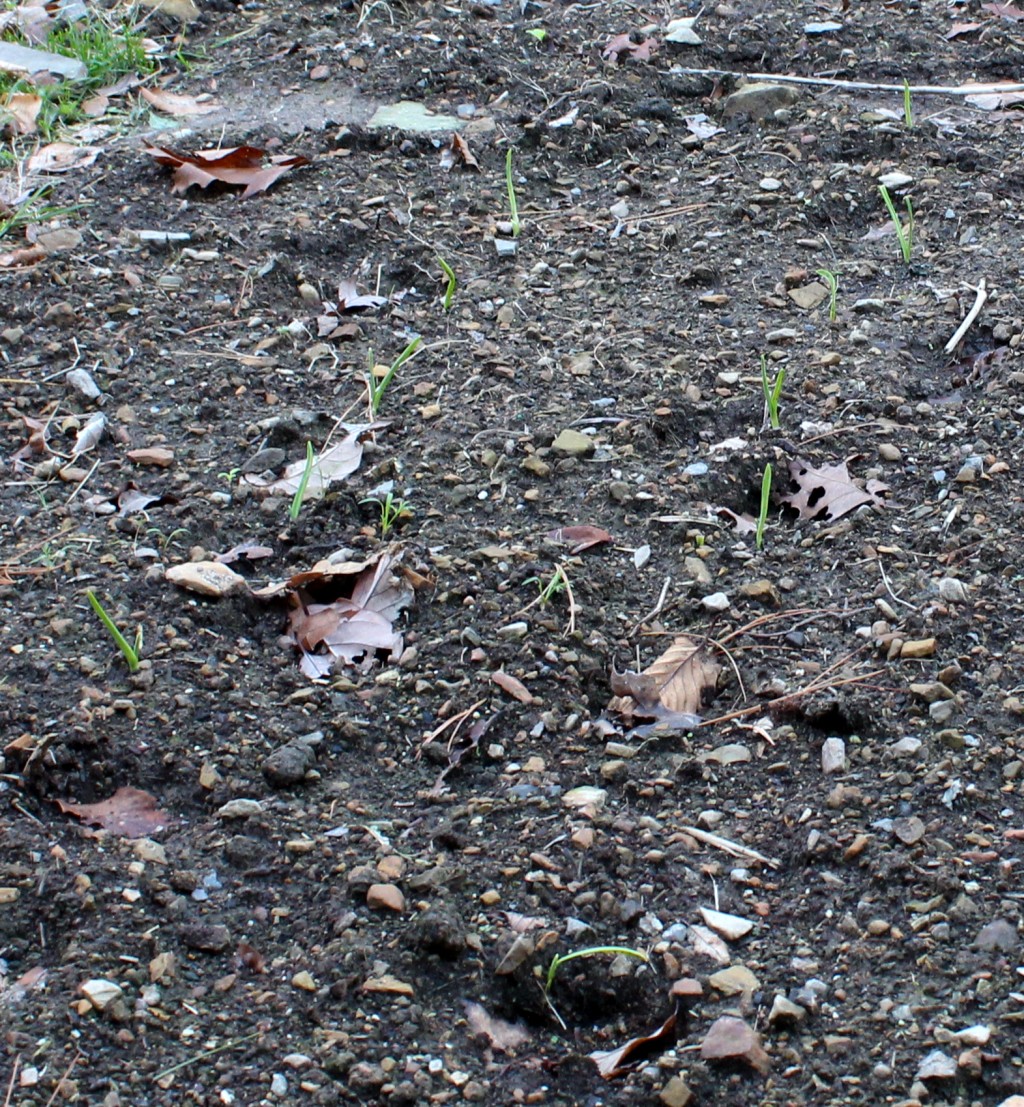Yes, it’s very early in Spring and it’s not officially Planting Season, but I did plant 12 alyssum next to the house this past Wednesday. The same type of plant did well there last year right up until a hard freeze. It’s a south-facing location protected on the North by the house, so captured heat from the daylight hours helps to keep the frigid cold at bay.
By the way planting season is considered to start in earnest when temperatures reach high enough that all danger of frost has past. Average last frost days can be looked up here. Take note: There is a 50% chance of a frost occurring after the spring date, so keep an eye on the weather or else!
In lieu of an actual chart for your specific area, just look around at what Mother Nature is doing. Have the grasses and trees greened up yet? Meaning, do the deciduous trees have their new leaves? Does the lawn look more green than it did in wintertime? The greening of the land is what you need to see before planting a vegetable garden or flower beds.
Cold Crops are those that can take a little cold and even grow without the heat of summer and that’s the only kind of plant that should be planted this early in the game.


Planted my favorite Romaine-type lettuce called “freckles” and a buttercrunch lettuce on 23 Mar 2016.
Walla Walla Onion starts were planted then, too.
(Photos taken 26Mar2016. Click on any small image for a larger view.)
Covering the tender young plants when the nights dip into the low 30s will have to be remembered, but I’m ok with that. I’m always watching the weather reports for what’s going on out there in nature. We just cover the plants with an old sheet or sheer curtain material to protect them from frost.
If you want your garden to look “nice” you can buy polypropylene row covers for the purpose of protecting your plants from frost and from hungry critters like birds, bunnies and caterpillars. Row covers should be available at any good garden center, but there are always a lot of options available at Amazon: row covers for plants.
Row covers and sheets work the same way to protect your crops.

